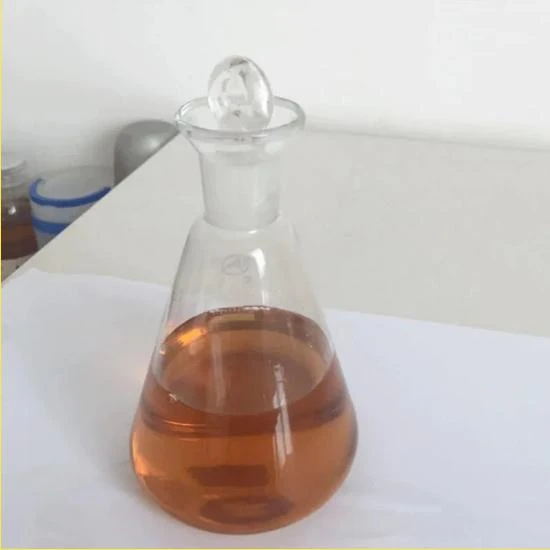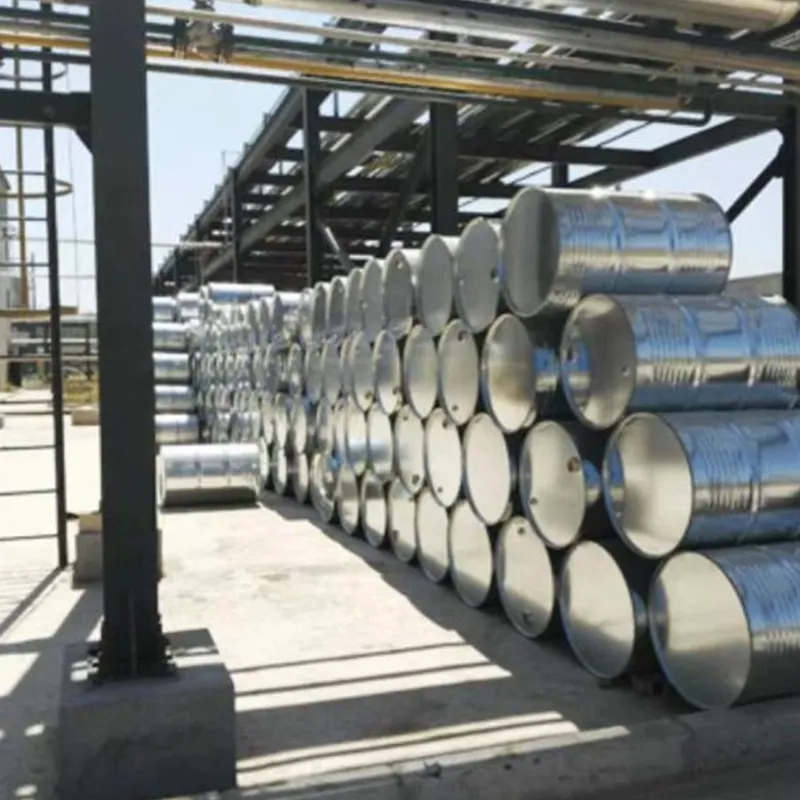
студ . 20, 2025 05:42
Back to list
types of fertilizers
Fertilizers play a crucial role in enhancing agricultural productivity by providing essential nutrients that plants require for growth. Understanding the different types of fertilizers available and their unique benefits can significantly contribute to optimal plant health and yield outcomes. This guide explores the various fertilizer types, delving into their applications and advantages.
Biofertilizers introduce microorganisms into the soil that increase nutrient availability for plants. They play a crucial role in sustainable agriculture by facilitating natural processes such as nitrogen fixation, phosphorus solubilization, and enhancing soil fertility. Rhizobium, commonly used for legumes, and Azotobacter for cereals, are examples of bacteria that naturally enhance nutrient content and availability in soil. These fertilizers not only conserve the soil ecology but also reduce the dependency on synthetic fertilizers. Liquid fertilizers provide a quick way to deliver nutrients directly to plants through foliage feeding or soil drenching. This delivery mechanism allows plants to absorb nutrients rapidly, making it ideal for addressing acute nutrient deficiencies. Liquid fertilizers can be either organic or chemical, with formulations often including additional nutrients and micronutrients tailored to specific plant needs. Their ability to facilitate immediate nutrient uptake makes them indispensable in hydroponics and container gardening systems. Another significant category is specialty fertilizers, customized for specific plants, stages of growth, or soil types. These include micronutrient formulations and foliar sprays tailored to particular climatic and agricultural conditions. Specialty fertilizers are crafted to address particular nutrient deficiencies and optimize plant health and productivity under unique environmental stresses or intensive cultivation practices. In summary, choosing the right type of fertilizer depends on a variety of factors including soil type, crop cultivated, environmental considerations, and economic viability. By understanding the strengths and limitations of each fertilizer type, growers can make informed decisions that balance immediate yield goals with long-term soil health and environmental sustainability. The strategic selection and application of fertilizers not only promise enhanced productivity but also contribute to the enduring stewardship of agricultural ecosystems.


Biofertilizers introduce microorganisms into the soil that increase nutrient availability for plants. They play a crucial role in sustainable agriculture by facilitating natural processes such as nitrogen fixation, phosphorus solubilization, and enhancing soil fertility. Rhizobium, commonly used for legumes, and Azotobacter for cereals, are examples of bacteria that naturally enhance nutrient content and availability in soil. These fertilizers not only conserve the soil ecology but also reduce the dependency on synthetic fertilizers. Liquid fertilizers provide a quick way to deliver nutrients directly to plants through foliage feeding or soil drenching. This delivery mechanism allows plants to absorb nutrients rapidly, making it ideal for addressing acute nutrient deficiencies. Liquid fertilizers can be either organic or chemical, with formulations often including additional nutrients and micronutrients tailored to specific plant needs. Their ability to facilitate immediate nutrient uptake makes them indispensable in hydroponics and container gardening systems. Another significant category is specialty fertilizers, customized for specific plants, stages of growth, or soil types. These include micronutrient formulations and foliar sprays tailored to particular climatic and agricultural conditions. Specialty fertilizers are crafted to address particular nutrient deficiencies and optimize plant health and productivity under unique environmental stresses or intensive cultivation practices. In summary, choosing the right type of fertilizer depends on a variety of factors including soil type, crop cultivated, environmental considerations, and economic viability. By understanding the strengths and limitations of each fertilizer type, growers can make informed decisions that balance immediate yield goals with long-term soil health and environmental sustainability. The strategic selection and application of fertilizers not only promise enhanced productivity but also contribute to the enduring stewardship of agricultural ecosystems.
Next:
Latest news
-
Why Glacial Acetic Acid Food Grade Is Essential in FlavorNewsMay.26,2025
-
Surging Export Growth of Food Additives in ChinaNewsMay.26,2025
-
How Ammonium Nitrate Fertilizer Boosts Crop YieldsNewsMay.26,2025
-
How 1,2,3-Benzotriazole Shields Plastics from UV DegradationNewsMay.26,2025
-
Cyanide in Gold Mining: Protecting People and the PlanetNewsMay.26,2025
-
Aluminum Hydroxide in Modern Sunscreen FormulationsNewsMay.26,2025
-
Understanding Synthetic Rubber OptionsNewsApr.27,2025
HOT PRODUCTS
Hebei Tenger Chemical Technology Co., Ltd. focuses on the chemical industry and is committed to the export service of chemical raw materials.
-

view more DiethanolisopropanolamineIn the ever-growing field of chemical solutions, diethanolisopropanolamine (DEIPA) stands out as a versatile and important compound. Due to its unique chemical structure and properties, DEIPA is of interest to various industries including construction, personal care, and agriculture. -

view more TriisopropanolamineTriisopropanolamine (TIPA) alkanol amine substance, is a kind of alcohol amine compound with amino and alcohol hydroxyl, and because of its molecules contains both amino and hydroxyl. -

view more Tetramethyl Thiuram DisulfideTetramethyl thiuram disulfide, also known as TMTD, is a white to light-yellow powder with a distinct sulfur-like odor. It is soluble in organic solvents such as benzene, acetone, and ethyl acetate, making it highly versatile for use in different formulations. TMTD is known for its excellent vulcanization acceleration properties, which makes it a key ingredient in the production of rubber products. Additionally, it acts as an effective fungicide and bactericide, making it valuable in agricultural applications. Its high purity and stability ensure consistent performance, making it a preferred choice for manufacturers across various industries.











